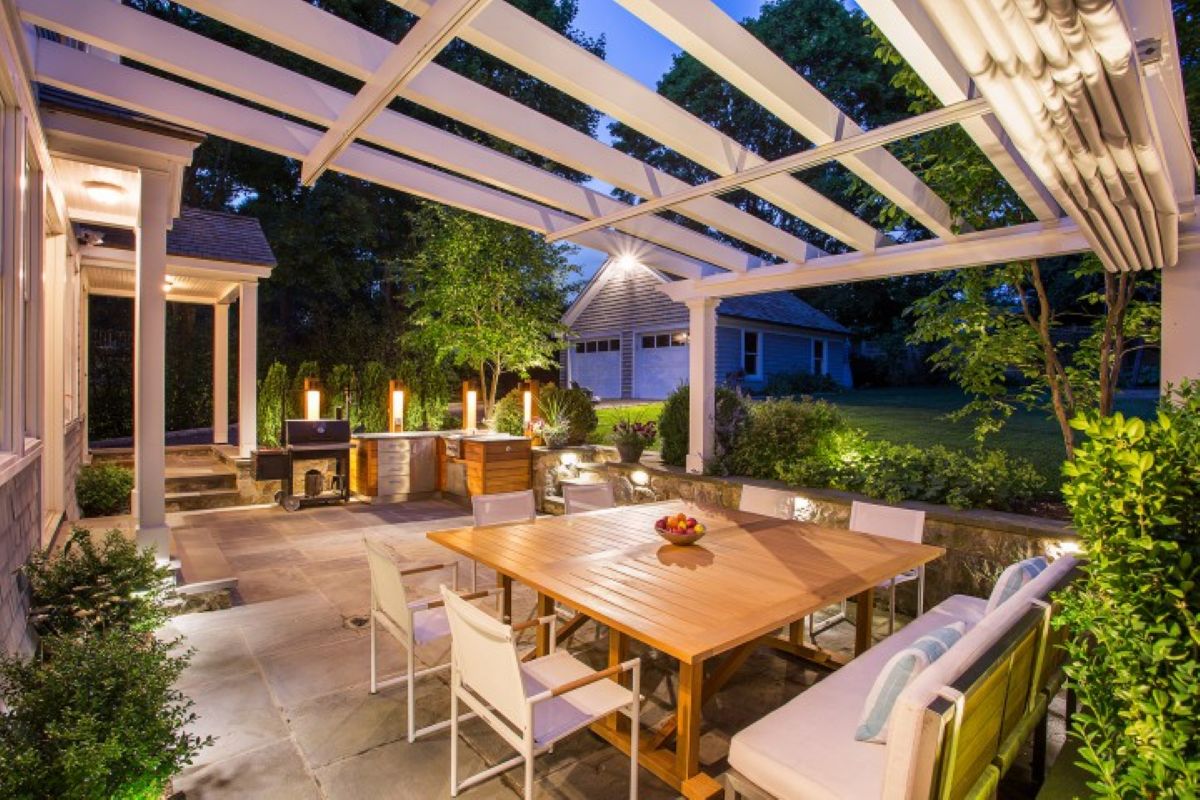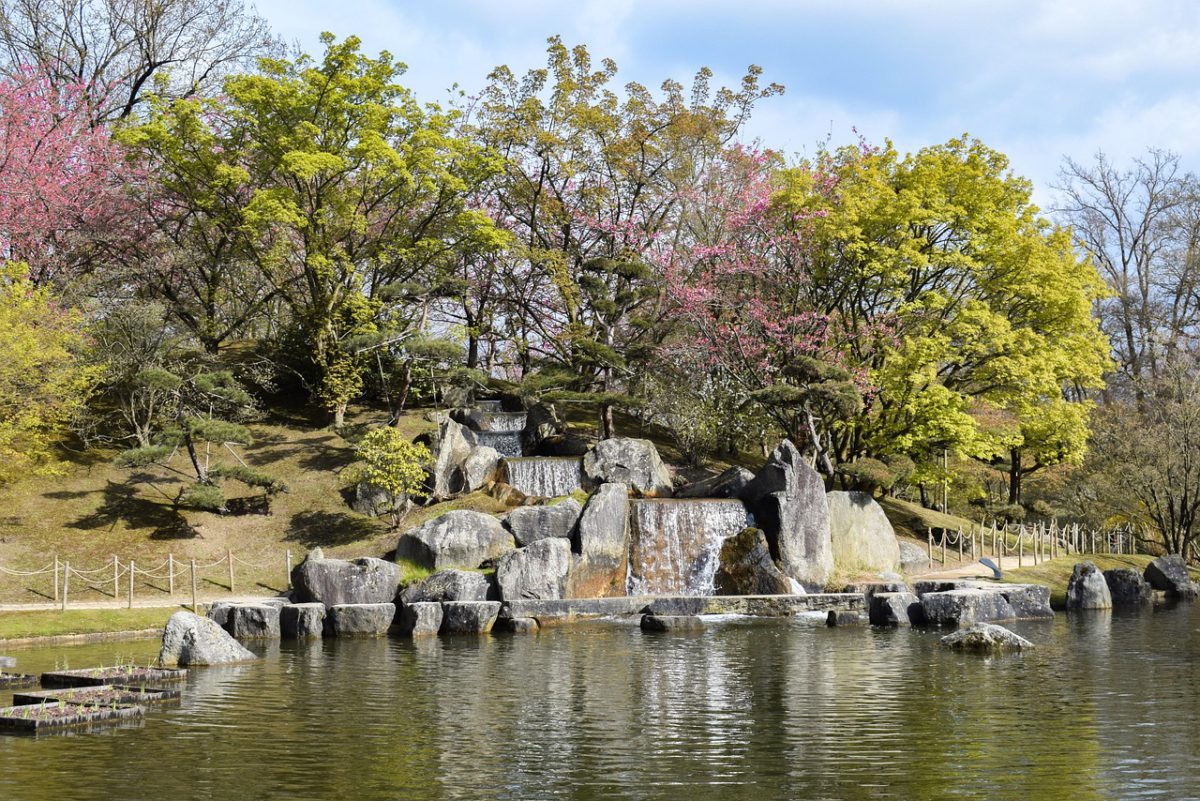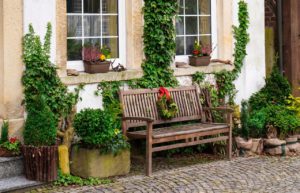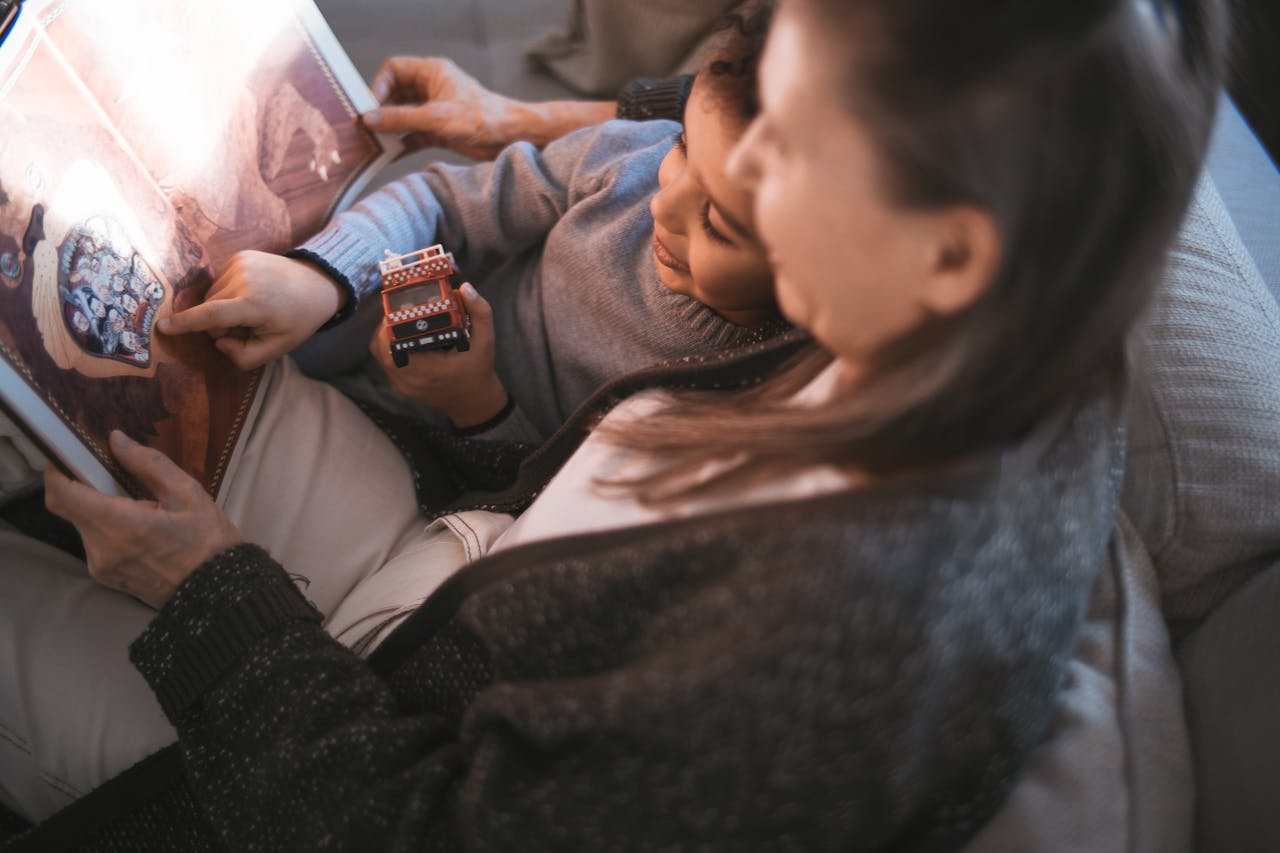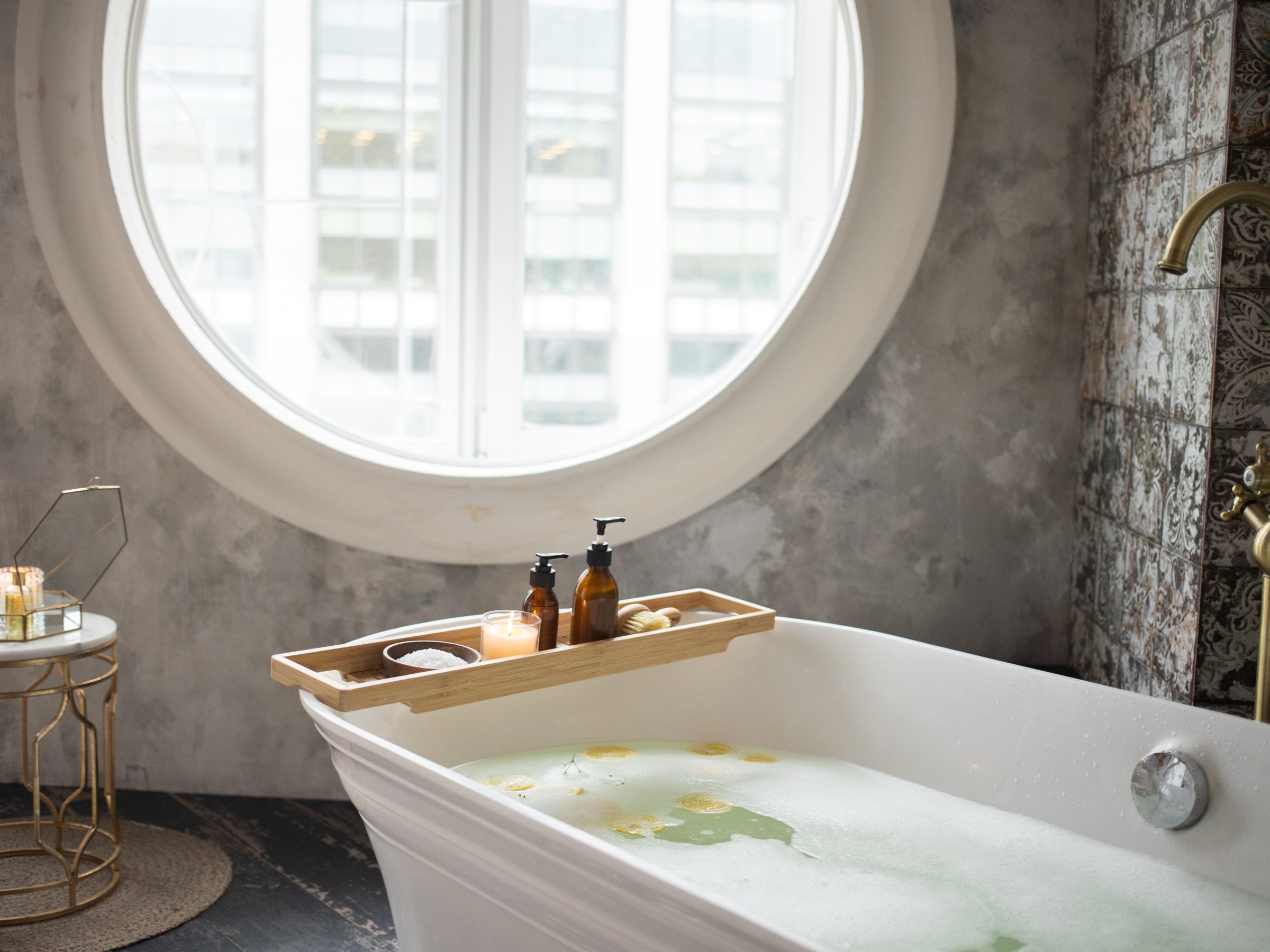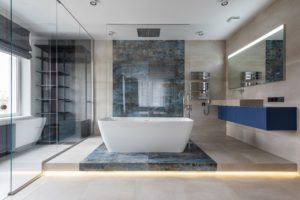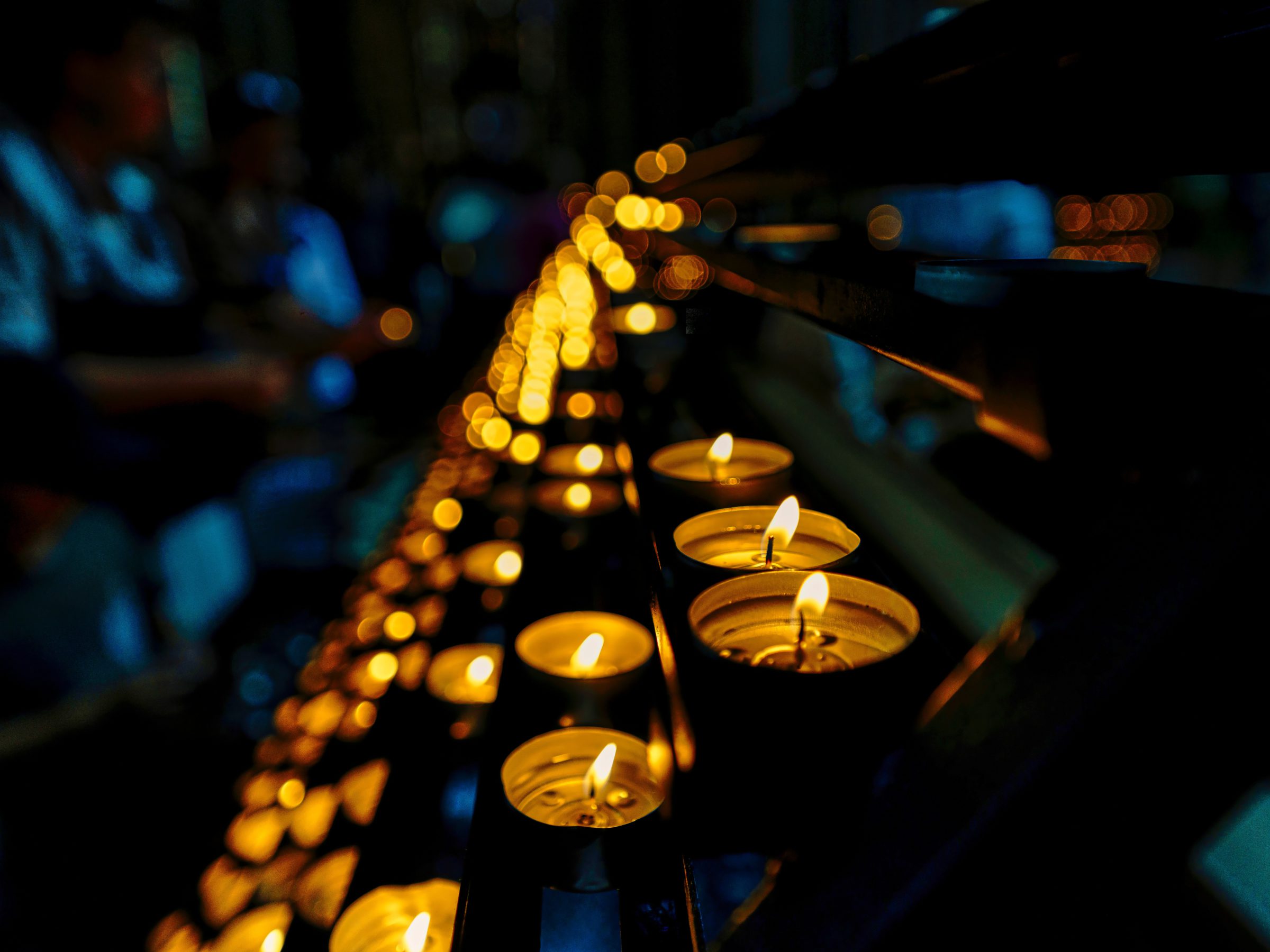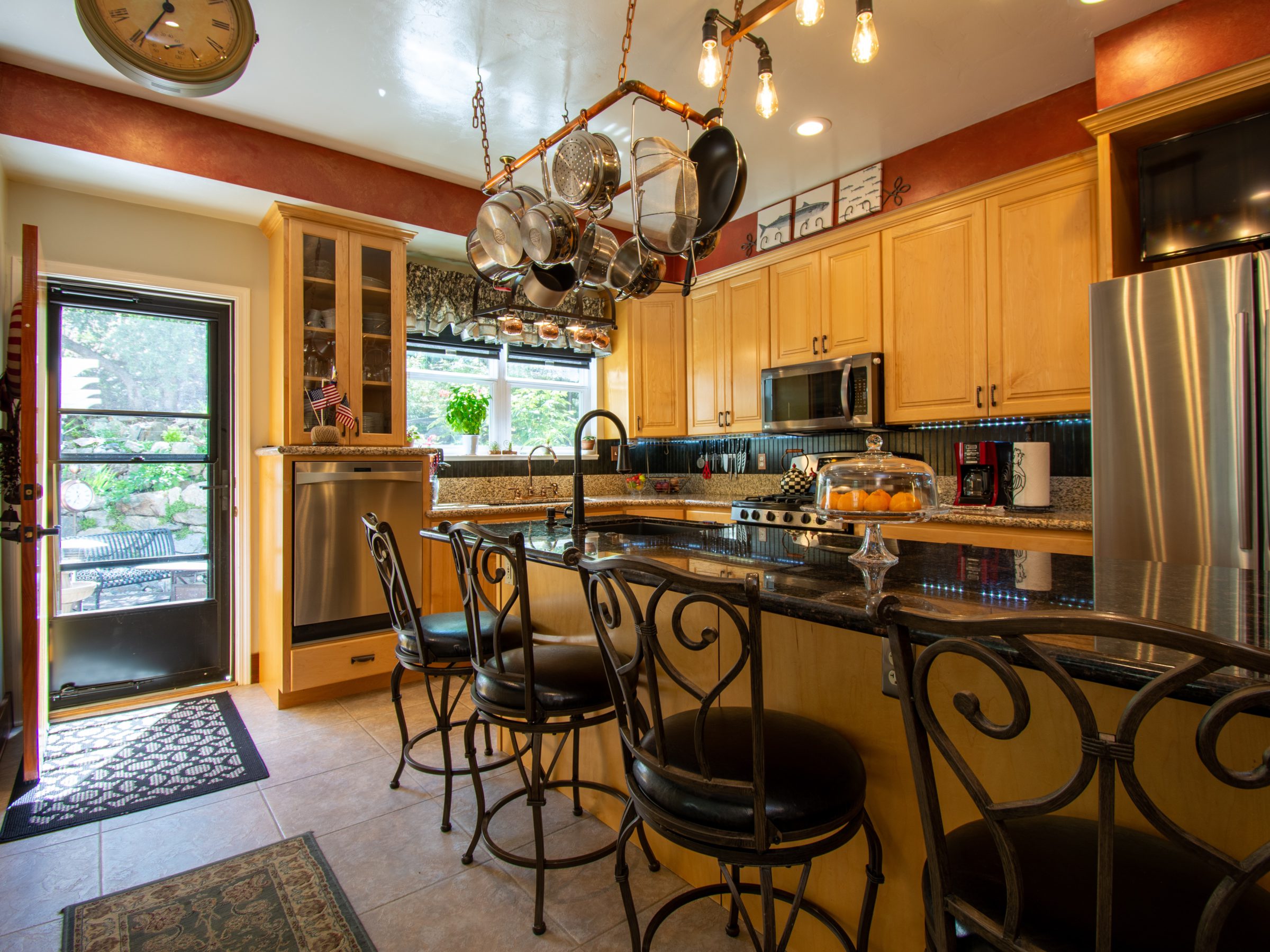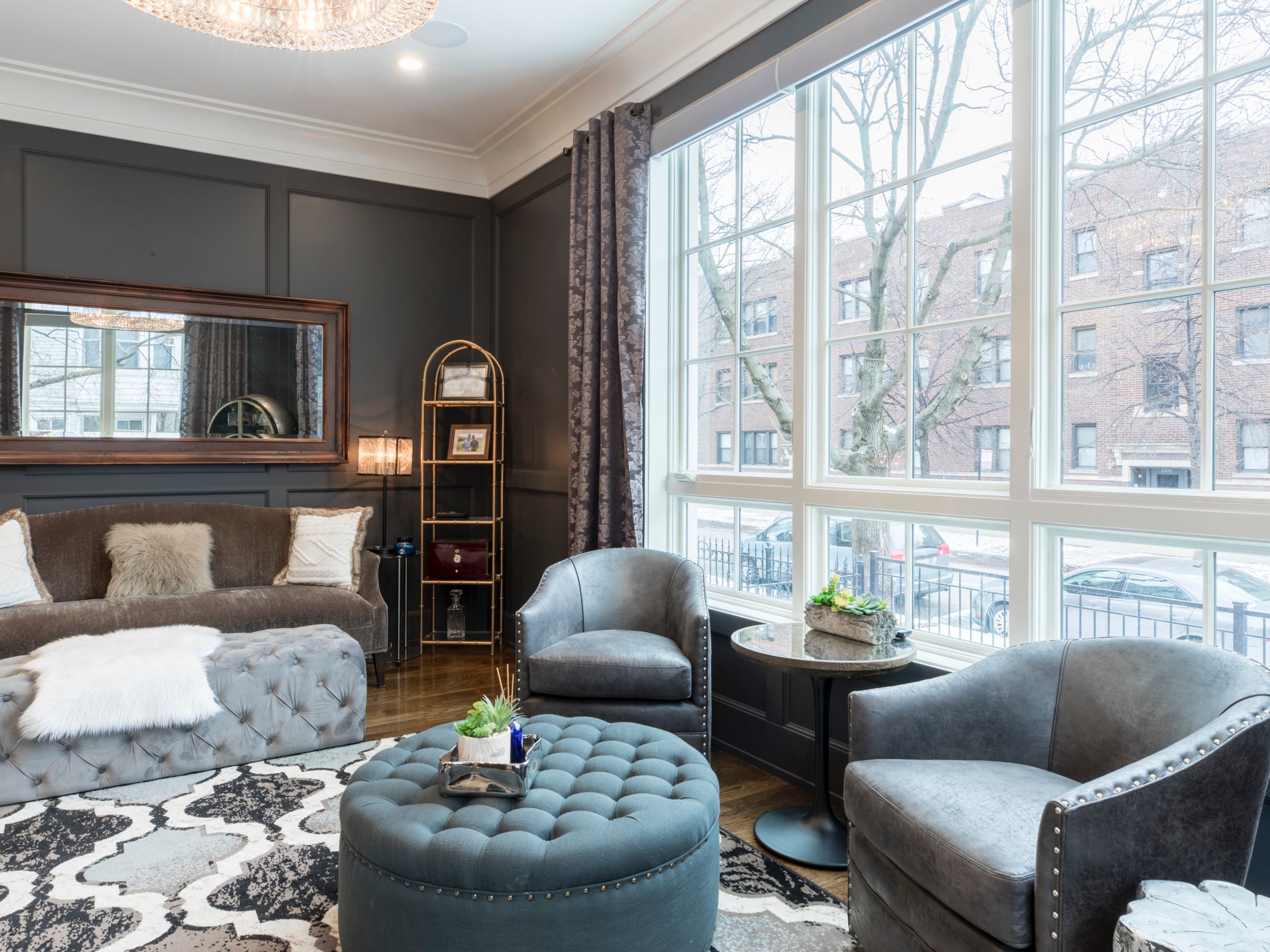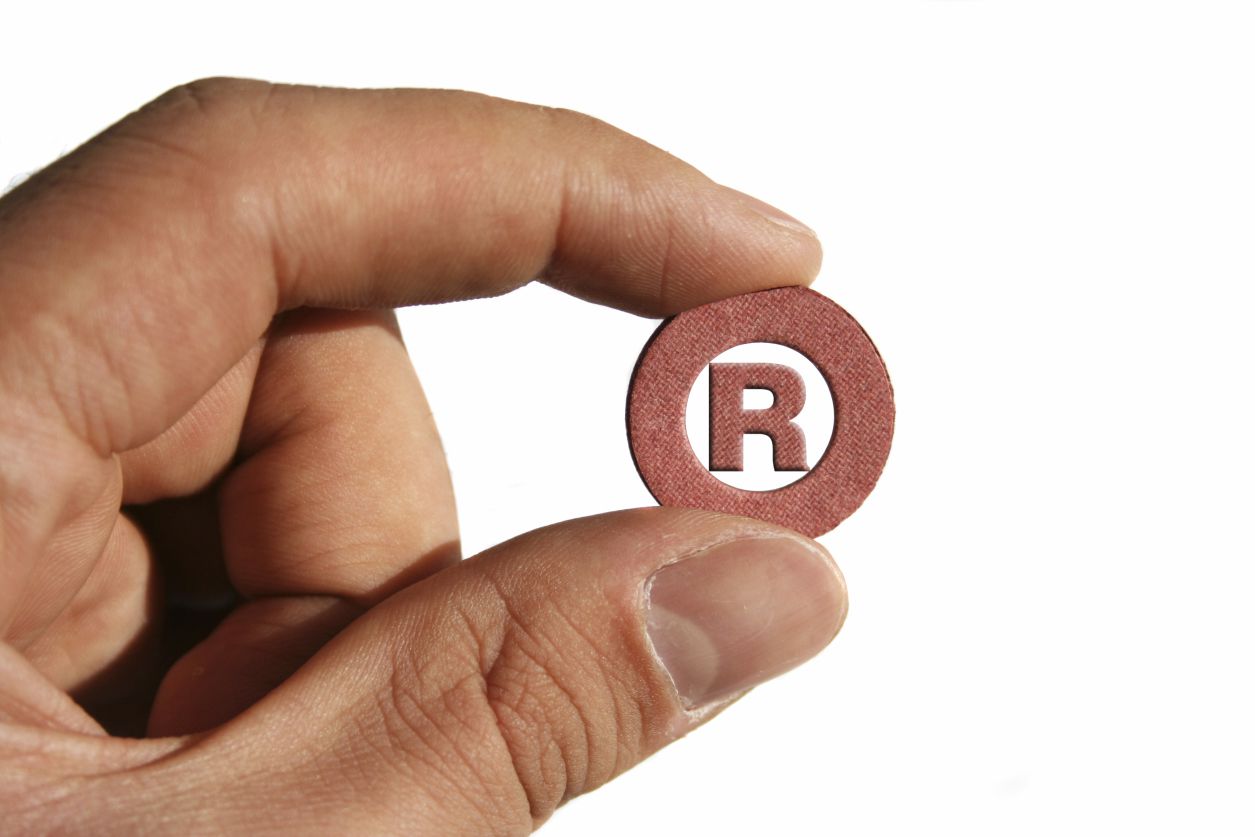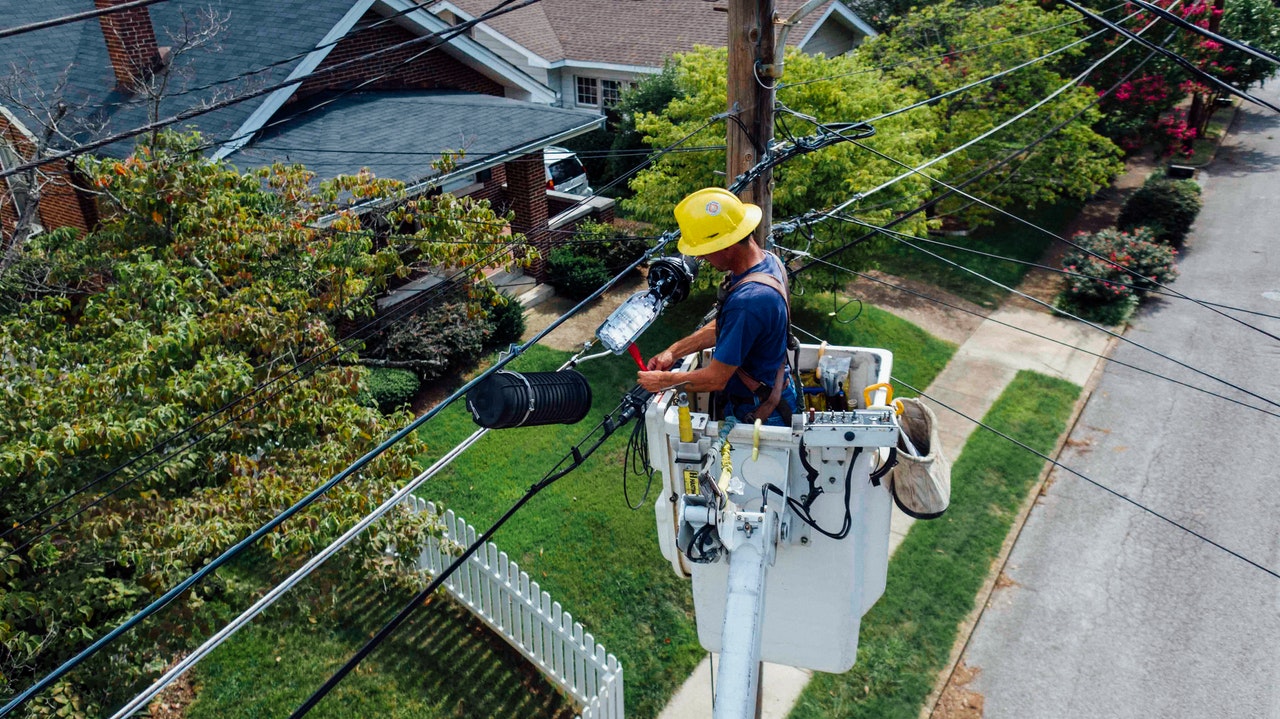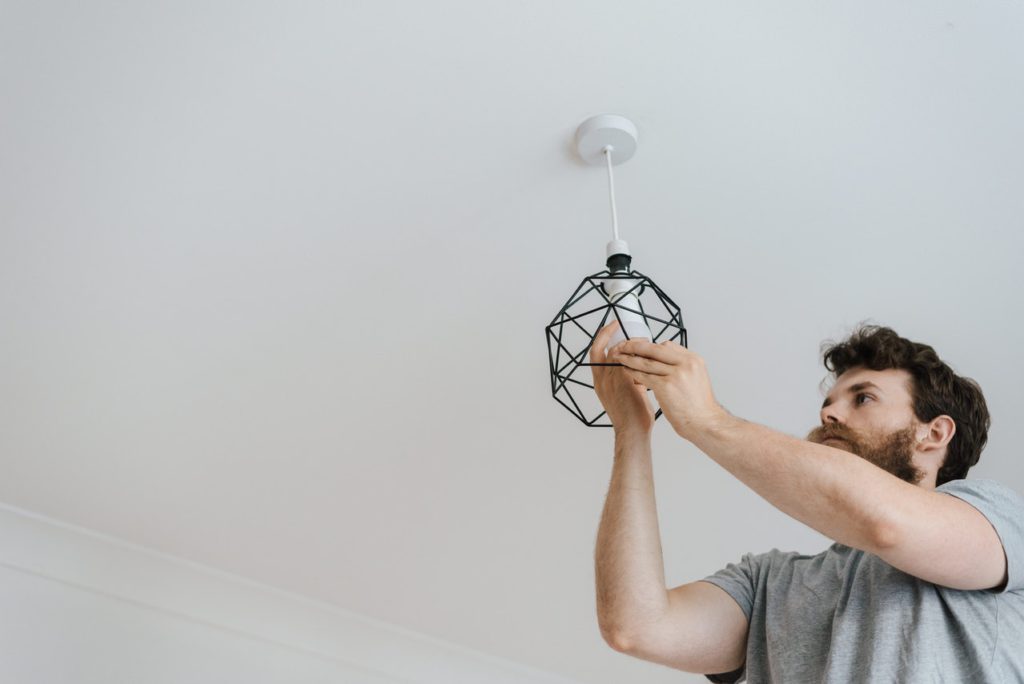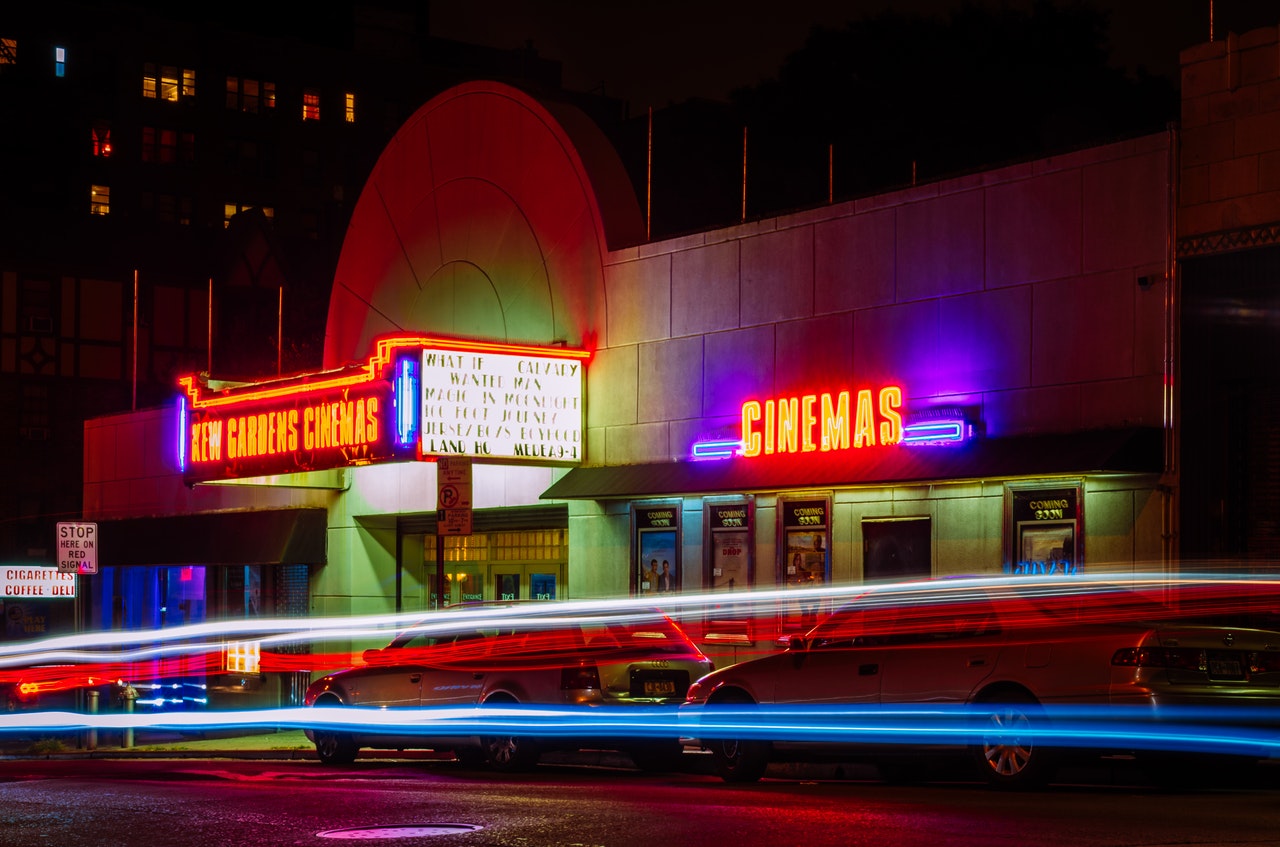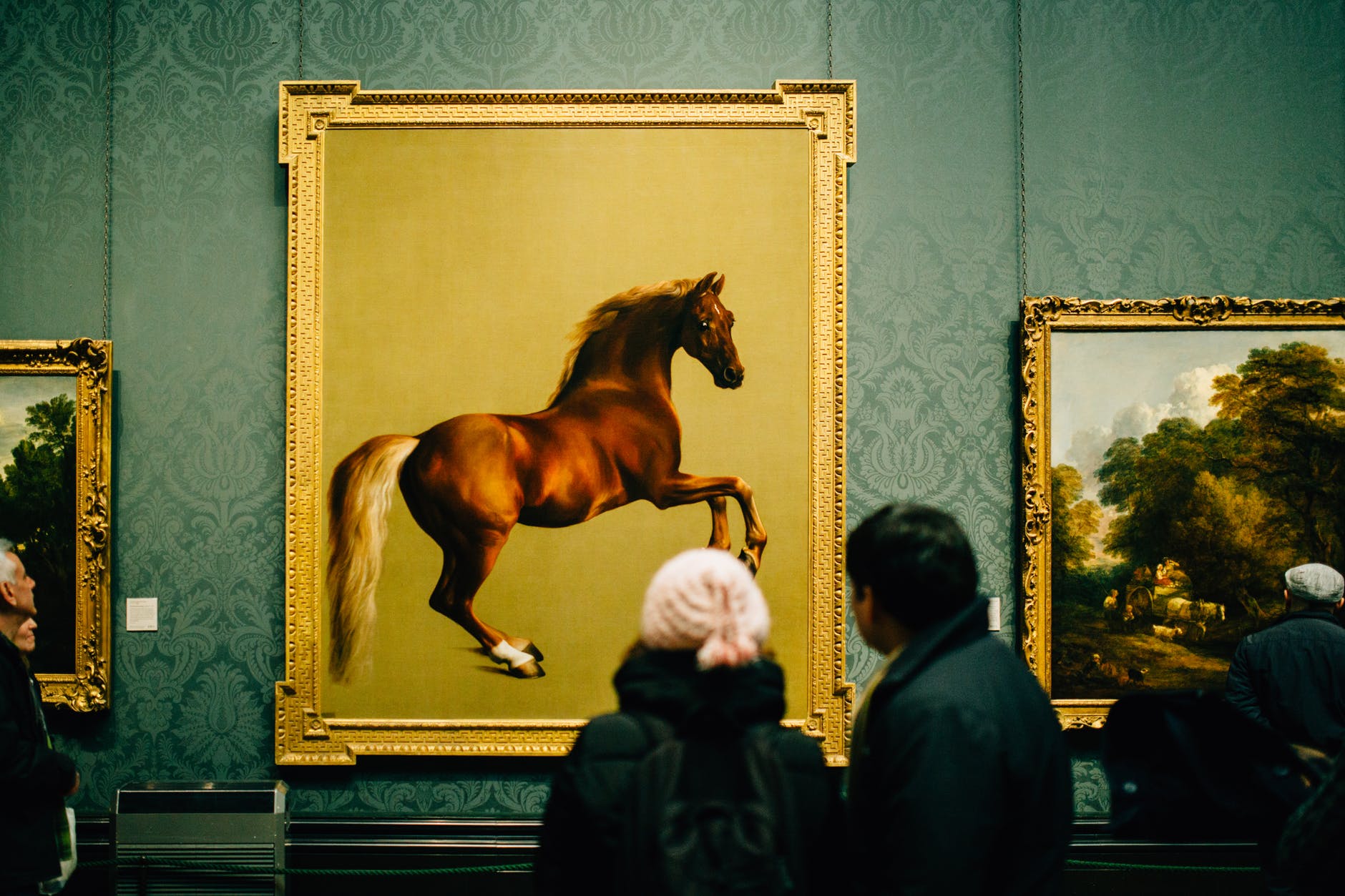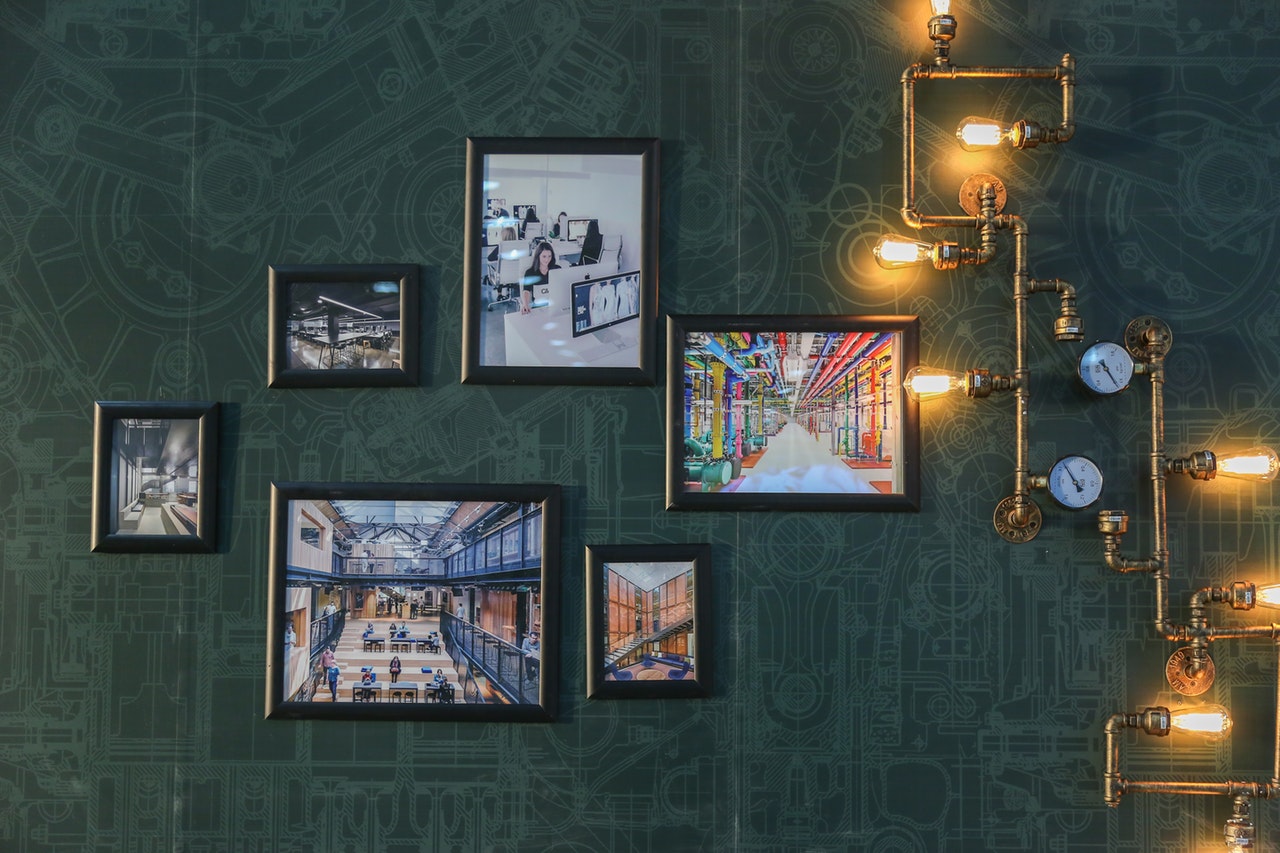Architecture
A New Era of Outdoor Architecture
The shift toward more expressive outdoor spaces becomes clear the moment you walk through a garden bordered by weathering steel garden edging. This detail quietly transforms an ordinary yard into something with structure and intention. Nearby, someone might be working on a small project supported by reinforcing steel, a material that used to feel reserved for large construction sites but now shows up in creative home spaces. These simple choices say a lot about how materials once considered strictly functional are shaping the places where we relax and connect. They mark the beginning of a new era in outdoor architecture that feels warm, personal, and inviting.
Stepping into a modern backyard today feels different from it did years ago. Back then, outdoor spaces were often just grass, a grill, and maybe a plastic chair or two. Now, people want spaces that blur the line between indoors and outdoors. They picture comfortable seating, warm textures, thoughtful lighting, and small touches that make the outdoors feel like a natural extension of home. It is about creating environments that people want to live in, not just walk through on their way back inside.
One thing that defines this new movement is the emotional pull of the outdoors. A small fire pit becomes the place where friends linger after dinner. A curved pathway becomes a gentle guide into a space meant for slow mornings with a cup of coffee. A simple metal border around a garden bed becomes something visitors reach out to touch because it feels raw and natural. These details turn the yard into a place for connection rather than chores.

Materials also tell a big part of the story. People are drawn to elements that age gracefully. Instead of something that looks worn after a season, they want textures and colours that become richer over time. A surface that deepens in tone from sun and rain feels more alive. A walkway that gathers a soft patina from years of footsteps starts to feel like part of the family history. Watching a material evolve adds a little poetry to everyday life.
Often, outdoor transformations begin with a single small choice. Someone might replace a flimsy border with something more intentional, and suddenly the entire garden feels different. Another person might choose warm-toned metal, and the next thing they notice is how beautifully it pairs with terracotta pots or soft grasses. These small decisions ripple outward, creating harmony without needing everything to match perfectly.
People are also designing with their personalities in mind. Instead of copying a magazine photo, homeowners are choosing features that reflect how they actually live. A person who loves quiet mornings might create a tiny reading nook hidden behind tall shrubs. A family that hosts big gatherings might build a long outdoor dining table that encourages lingering conversations. These choices give the yard a sense of identity that feels authentic and lived in.
The beauty of this era is that it does not require a huge yard or a huge budget. A few thoughtful upgrades can change everything. A better quality border can turn a messy garden into a polished one. A new path can make a yard feel more inviting. Even something as small as a sculptural planter can spark curiosity and become a conversation starter. People are starting to realise that outdoor architecture is not reserved for designers or large estates. It is for anyone willing to make a few meaningful choices.
Outdoor spaces are also becoming more flexible. A patio might be a workspace in the morning, a play space in the afternoon, and a dinner setting in the evening. A corner of the yard once ignored might turn into a meditation area or a small herb garden filled with scent and colour. People enjoy the freedom of designing multi-purpose spaces that shift with their routines.
Nature plays a huge role in this shift. More people want outdoor areas that feel connected to the world around them. Native plants attract birds and butterflies, filling the yard with movement and life. Water features offer soothing sounds. Textured grasses sway with the breeze, softening the hardest edges. Even strong materials like metal or stone feel more grounded when surrounded by lush greenery. There is a balance taking shape, a conversation between the built and the natural.
Walking through a thoughtfully designed outdoor space today feels almost like stepping into a living story. Every detail has a purpose, but nothing feels overly orchestrated. There is a balance between strength and softness, precision and wildness, design and spontaneity. It reminds us that the outdoors can be both a sanctuary and a gathering place, both peaceful and energising. The more time people spend outside, the more they realise how deeply these spaces influence their mood and their sense of belonging.
This new era of outdoor architecture is shaped by intention rather than strict rules. It encourages people to choose materials that speak to them, to create spaces that nurture emotion, and to design environments that feel just as meaningful as any room inside the home. It celebrates creativity, personal expression, and the simple joy of being outside. More than anything, it acknowledges that outdoor spaces have the power to shape how we feel, how we connect, and how we live. It invites people to step outside more often, to notice the beauty around them, and to create outdoor spaces that deepen the rhythm of everyday life.

